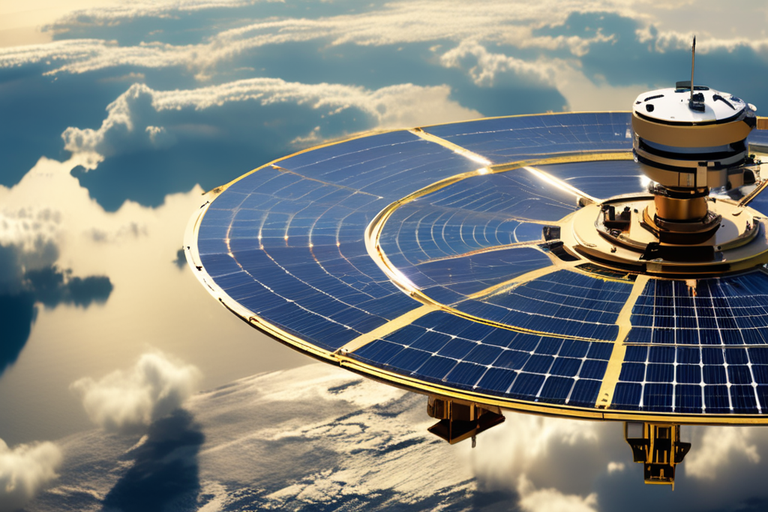Space exploration, once confined to the realms of science fiction, has now become a tangible reality. With the decreasing costs of rocket building and increased interest in space travel, the focus is expanding beyond exploring the stars to addressing Earth’s climate emergency. Despite a dip in overall funding for space tech in 2023, startups at the intersection of climate and space are thriving, offering innovative solutions to monitor, predict, and combat climate change.
One key area where startups are making significant strides is in monitoring carbon emissions. The rise of environmental, social, and governance (ESG) considerations has driven the need for satellite-based monitoring. Companies like Kayrros and Satellite Vu use satellite technology to measure the impact of human activity on the environment in real-time. This technology is crucial for enhancing our understanding of emissions patterns and aiding in the enforcement of emissions-related regulations.
Extreme weather events are becoming more prevalent, emphasizing the need for advanced weather monitoring technologies. Startups like ICEYE focus on near real-time natural disaster monitoring solutions, crucial for mitigating climate disasters and assisting the insurance sector. Additionally, companies like Flyby use satellite data to predict the power output of solar power plants, contributing to clean energy efficiency.
Space-based solar energy is gaining attention as a round-the-clock, scalable, and highly transportable alternative to terrestrial solar energy. While there are concerns about its cost and technological challenges, initiatives like the European Space Agency’s Solaris program are exploring the potential of space-based solar power. Researchers are also considering alternative methods, such as creating planetary sunshades using lunar dust, as a last-resort solution.

Real-time thermal imaging is proving valuable in agriculture and irrigation management, especially in monitoring water stress and climate impact. Startups like Hydrosat and Constellr use thermal data and analytics to forecast crop yield and assess vegetation, contributing to sustainable agricultural practices.
Despite the promise of space-based climate tech, there are challenges to overcome. The lack of commercial interest is one obstacle, partly due to the availability of free satellite data from government agencies. Additionally, concerns about insufficient regulation, national security, and the risk of satellite debris polluting space persist. Data inequality, especially in the Global South, adds another layer of complexity.
To address these challenges, experts emphasize the importance of international collaboration. While energy independence and climate change are politically sensitive topics, collaboration in weather and climate science has a track record of success. Initiatives like the International Space Station demonstrate the potential for collaboration to supersede geopolitical conflicts.
Over the past two decades, space technologies have significantly contributed to understanding the impacts of climate change. Earth Observation Satellites, Space 2.0, and Frontier Technologies provide critical data on greenhouse gas emissions, deforestation, melting ice, carbon dioxide levels, and sea level rise. Policymakers can use this data to develop evidence-based strategies for decarbonization.
To stay informed about the climate industry explore our latest climate tech news.






